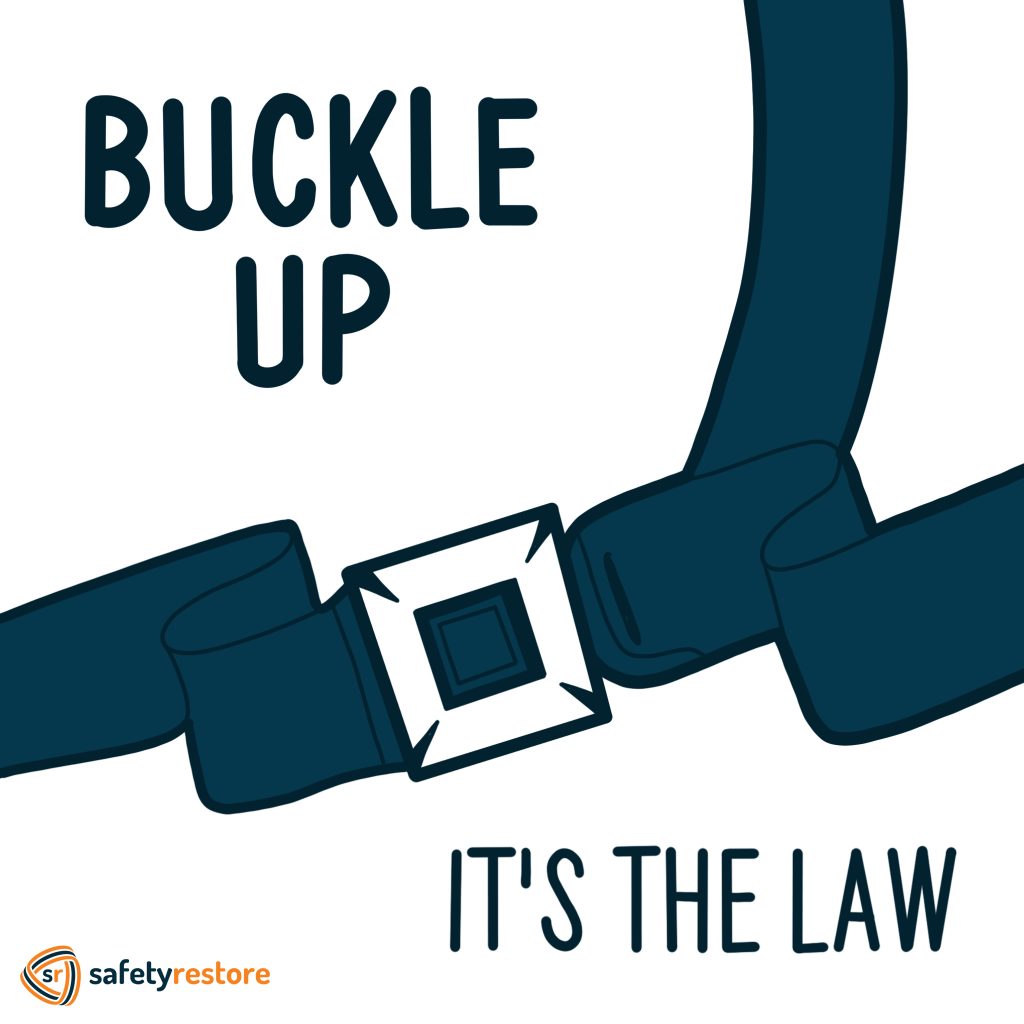
The seat belts are an important part of any vehicle. They keep the driver as well as any passengers safe in the event of an accident. All occupants of a vehicle should wear a seat belt at all times. The vehicle has sensors that detect whether or not a seat belt is not being used, and can alert them whether through a light on the dashboard or by a sound to buckle up so the safety features like the airbags can properly work if need be.
This is also when seat belt laws were passed: to further emphasize the importance of wearing a seat belt while driving or riding. In the United States, most seat belt laws are left to the state; however, the first seat belt law was at a federal level. On January 1, 1968, the Motor Vehicle Safety Standard took effect. This required all vehicles on the road, except for buses, to have seat belts in all of the seating positions. Later, this law was modified to require three-point seat belts in outboard seating positions as well as three-point seat belts in all seating positions.
In the beginning, wearing a seat belt was completely voluntary. New York was the first state in the United States to pass a law that took effect in 1984, requiring all vehicle occupants to wear a seat belt. All states, except for New Hampshire, soon followed behind New York in this.
The law requiring seat belt wear is subject to two enforcements: primary or secondary. Primary enforcement allows the officer to stop an individual if they are not wearing a seat belt, and give them a ticket as a result. However, secondary enforcement only allows an officer to stop/give a ticket for seat belt misuse if that individual committed another primary violation such as speeding. Each state chooses its type of law for this.
Here are some examples of states with their seat belt laws as well as when seat belt laws were passed. California has primary enforcement with an established date of January 1, 1986. Massachusetts has secondary enforcement with an established date of February 1, 1994. Washington has primary enforcement with an established date of June 11, 1986. Texas has primary enforcement with an established date of September 1, 1985. South Dakota has secondary enforcement with an established date of January 1, 1995.


